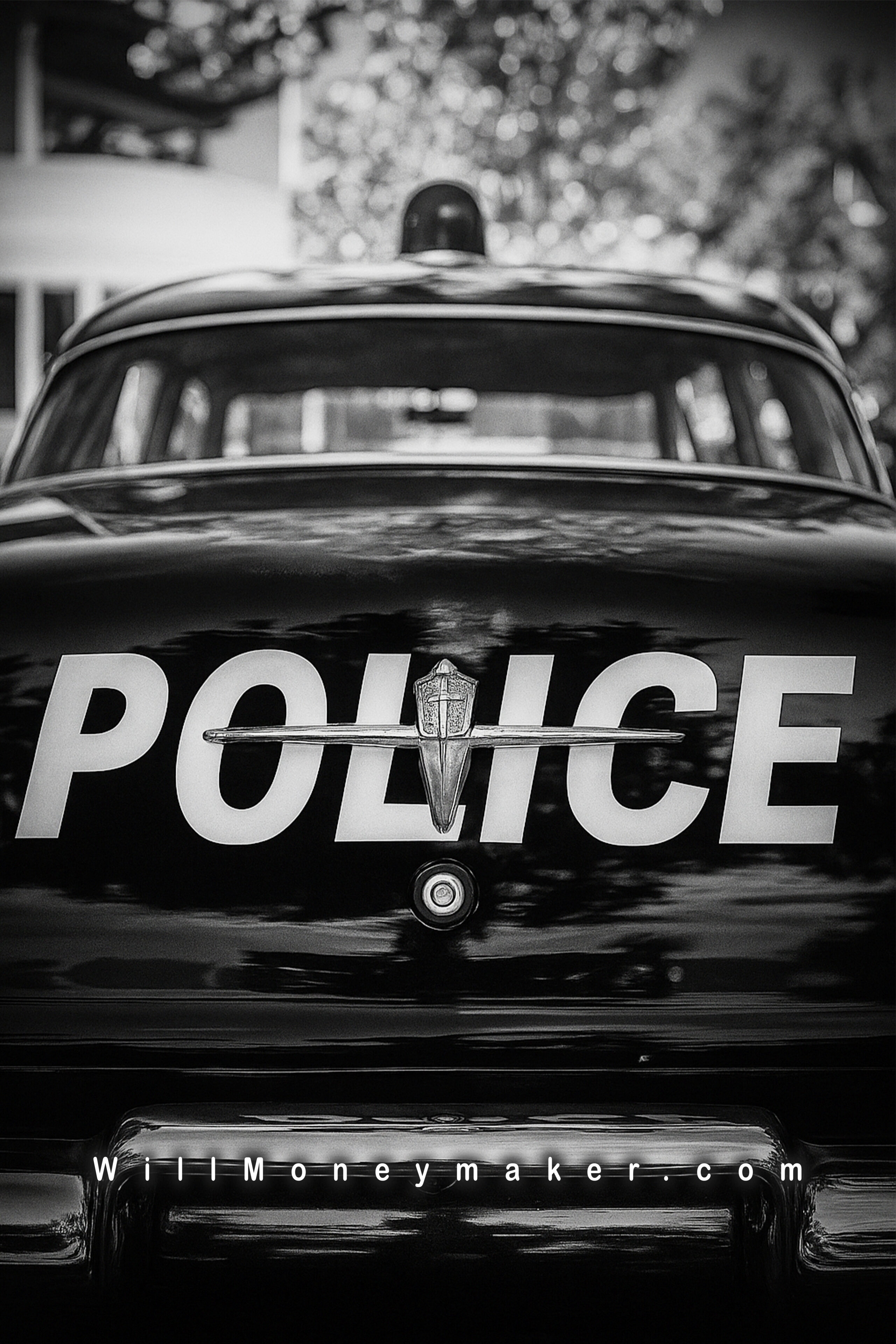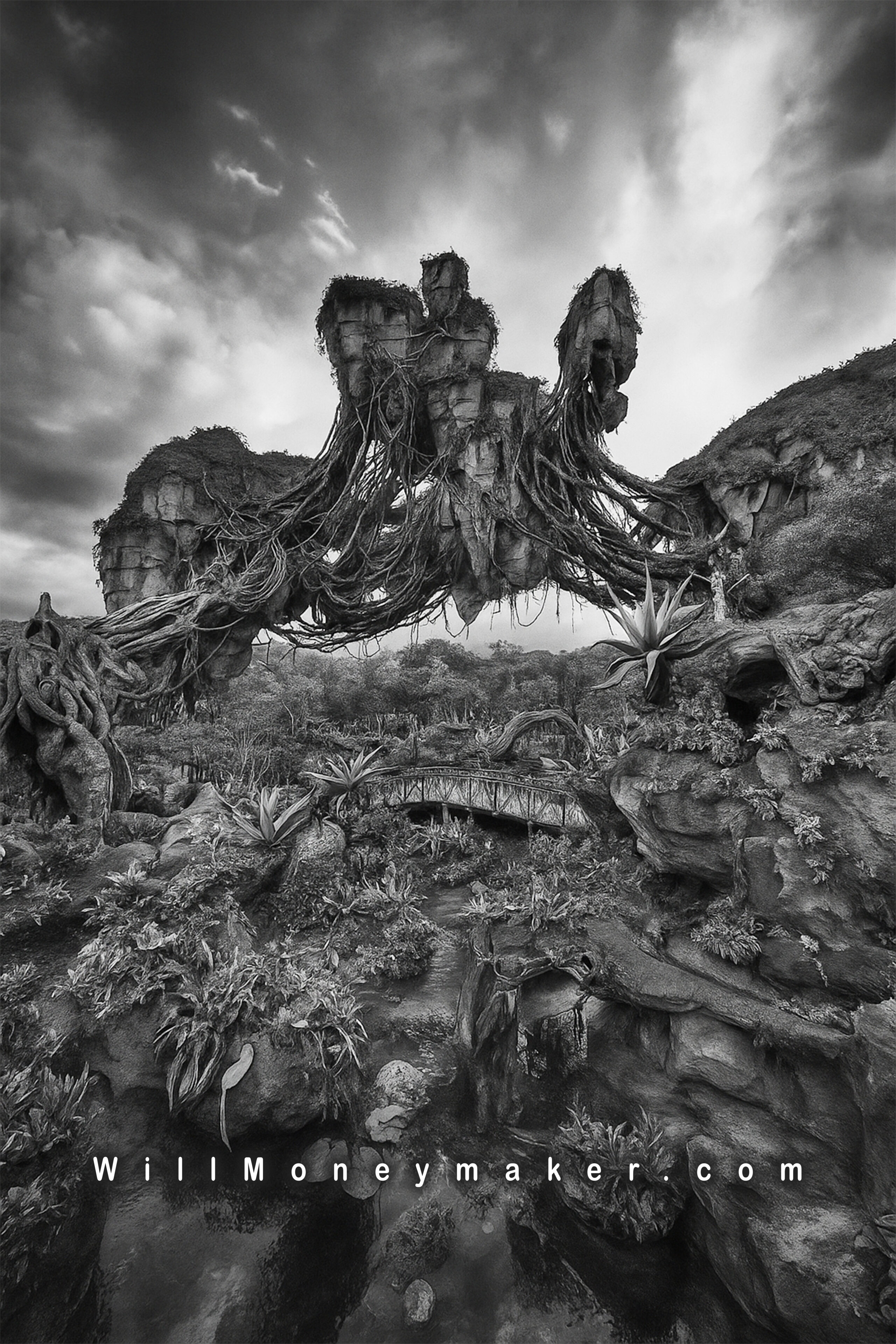How does reality TV relate to photography? Metaphorically speaking, it’s the bit about reality. Now, most of us are aware that the majority of shows in the “reality” genre aren’t actually real. They’re staged, the situations that participants find themselves in contrived, often staffed by skilled actors and performers. Even so, reality TV is presented to us as real. Even though we know that very little about reality TV is real, it’s still an incredibly popular genre because it feels like it could be real.
So is it because we imagine that reality TV could be real that some are so eager to sit down each week and watch the latest episodes? I think, more, it’s that reality TV is chock full of flaws, and that is what makes it entertaining. By flaws, I’m not talking about production values, errors in writing or poorly done plots. By flaws, I mean that reality itself is a messy thing.
You see, on these shows, we watch characters unfold, characters with various flaws that lead to them squabbling amongst themselves and creating all sorts of drama. The show’s premise is often designed deliberately with flaws, which leads the participants doing all kinds of extraordinary things to overcome the challenges placed before them, to be the “last man standing” at the end of the show. In short, we watch these shows because reality isn’t perfect, because real life is full of challenges, dramas and dilemmas and nowhere is that idea on better display than on reality TV.
So let’s go back to the part about how all of this relates to photography. A little while ago, I published a post about perfectionism and how photographers often struggle to make everything in their art as perfect as they can — sometimes to the detriment of creativity and sometimes leading to a sort of stasis, in which the photographer is unable to move forward on a photograph because he or she cannot figure out how to make it exactly perfect, at least in his or her eyes.
And yet, we enjoy reality TV because it purposefully puts flaws on display. So, could the same be true of photography? Is it possible that the flaws in our images are what gives them character? I think so. Reality is flawed, and so, by letting go of the idea of complete perfectionism, by living with the flaws in our images, we are not only accepting reality but allowing our photographs to come to life. Perhaps this is a line of thinking that can help us to dispense with the notion that our photographs must be exactly perfect.
One way to highlight this is through portraiture. Consider, for a moment, the perfect portrait. One in which the model has completely smooth, perfectly airbrushed skin, so smooth that it almost looks like plastic. Shadows have been removed from underneath the eyes so that the model is fresh-faced and alert looking, no sign of sleepless nights or a sense of exhaustion. The hair has been edited to give it more color, to smooth out any frizz, the eyes and teeth are bright white, which, for most of us, is an unnatural color.
The end result is an image that looks fake. Beautiful, in its own way, but a sort of beauty that most people will look at and immediately see it for what it is: Impossible, unattainable. Not real. That sense of unreality can take something out of the photograph, make people disregard the art or the meaning behind it. They may look at the photo and not see the intent or thought behind it but simply a person who has been edited to perfection.
Now imagine a photograph in which none of these things have been edited to perfection. One in which the skin has texture, telling a story of many hours exposed to the wind and the sun. There are lines and shadows under the eyes; the model is tired, perhaps a hard worker or perhaps she stays up late studying or working on her own projects. There are a few flyaway strands of hair in the image. Perhaps there was a bit of a breeze when the photo was taken. And so on.
These little flaws don’t take away from the photo. Instead, they ask the viewer to wonder why they are present. Who is this person and what is the story of her life? What challenges has she overcome, what things has she seen, what experiences has she had that have resulted in this particular portrait?
Perhaps it is true that when we abandon the pursuit of complete perfection, when we allow reality to creep into our photographs, we are also allowing those photographs to gain character, to take on a life of their own. If reality TV isn’t the ideal example of this, then perhaps literature is the right example. All great literature contains flaws. The flaws must be present in the work or the literature just isn’t that great. There is no such thing as a good protagonist who doesn’t have a dark side. Authors carefully create each character to have his or her own set of flaws because it is the way that these characters deal with those flaws as the story unfolds that makes the story interesting.
It isn’t easy to let go of the idea of perfectionism in photography, but it is necessary, I think. Certainly, we can strive to eliminate technical flaws. A poorly focused photo that has no real reason to be blurry, for instance, is not necessarily a good thing. But perhaps we don’t need to try to make other parts of the image quite so perfect. Perhaps the textures, the cracks in the walls, the chipped paint, the leaf or flower petal with a bit of brown wilt to it, perhaps these things are not flaws at all. Perhaps they are the things that tell the viewer that the art you have created is real.






